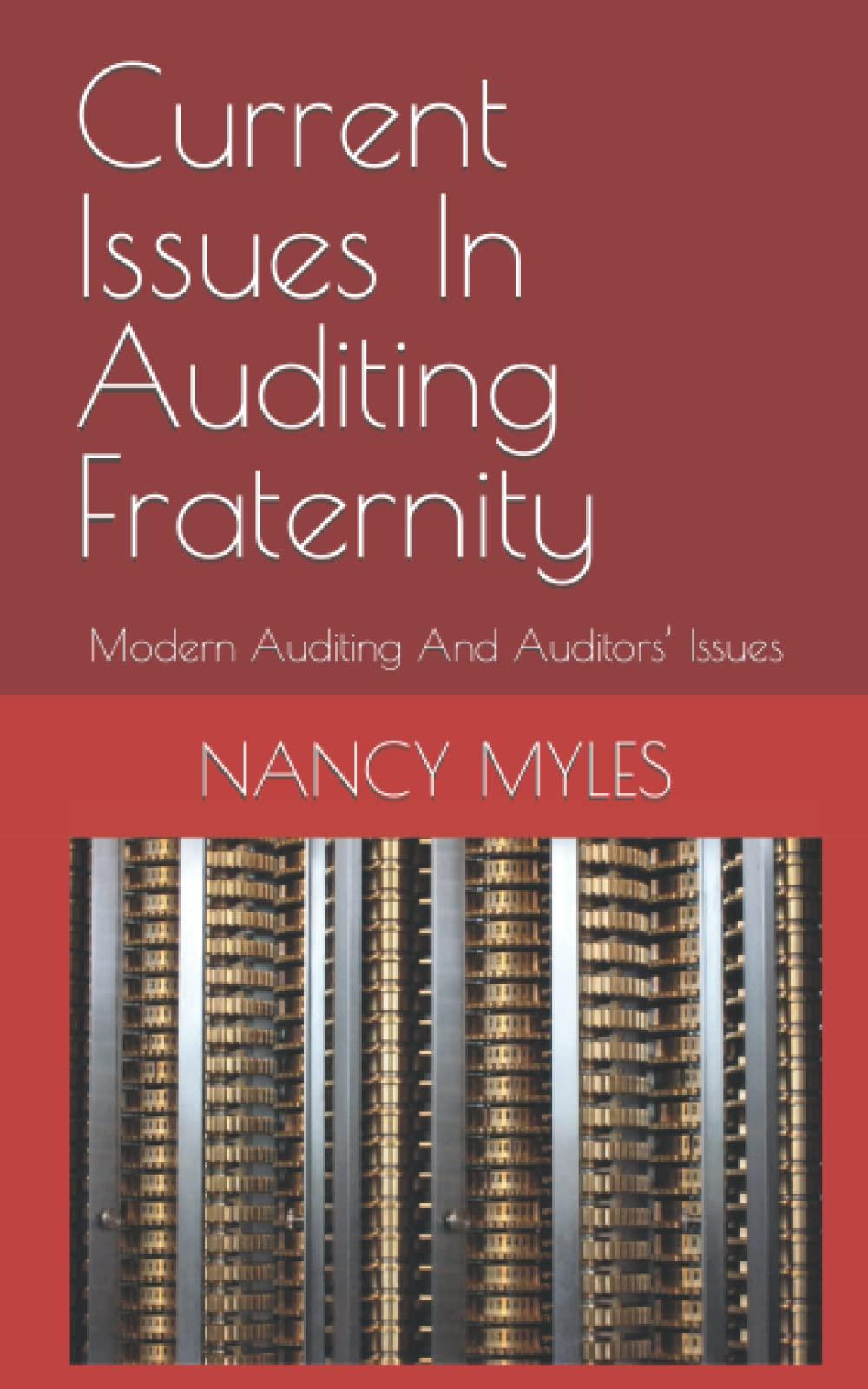Question
1.Assuming that Rebecca has no inventory at the beginning of the period, what would be Rebecca's COGM/u for the quarter if the company produces and

1.Assuming that Rebecca has no inventory at the beginning of the period, what would be Rebecca's COGM/u for the quarter if the company produces and sells 50,000 dog coats?
a. 4.40 b. 5.05 c, 6.05 d 6.15
2Assuming that Rebecca has no inventory at the beginning of the period, what would be Rebecca's profit for the quarter if she produced and sold 50,000 coats?
a. 92500 b.125000 c 150000 d 152500
3. Assuming that Rebecca has no inventory at the beginning of the period, what would be Rebecca's COGM/u for the quarter if she produced 100,000 coats, but still sold 50,000 coats?
a.4.40 b.5.05 c. 6.05 d.6.15
4.assuming that Rebecca has no inventory at the beginning of the period, what would be Rebecca's profit for the quarter if she produced 100,000 coats, but still sold 50,000 coats?
a 92500 b.125000 c150000 d152500
5.What does the bonus structure encourage Rebecca to do?
a. produce more units b. produce fewer units
6.True or False: If Rebecca were to produce 100,000 units, but still sell 50,000 units and the bonus structure was based on profits under a variable costing system, would she earn the bonus?
7. Under the full absorption costing system, what is the primary reason for the difference in profits between producing 50,000 units and producing 100,000 units holding constant sales at 50,000 units?
a. The commissions that must be paid b. The npv of the project c. less fixed overhead is recognized as an expense when productions is 100000 units
Rebecca, the manager of a division of Ruffware Dog Coats recently received a call from senior management that there is an incentive promotion that will pay a $5,000 bonus if before-tax profits in the second quarter of 2013 beat before-tax profits from the second quarter of 2012 by more than 10%. Rebecca's division had earned a before-tax profit of $90,000 in the second quarter of 2012. Therefore, her division must obtain a before-tax profit of $99,000 to earn the bonus. Ruffware uses full absorption costing to determine the before-tax income Her estimated costs are as follows: Fixed Costs Management salaries not associated with production $50,000 Rent of the manufacturing plant $50,000 Utility charges for the manufacturing plant $15,000 Variable Costs Rates Sales commissions ($/dog coat sold) 10.10 Maintenance on manufacturing plant ($/coat) 0.50 Direct Materials ($/coat) 2.00 Direct Labor ($/coat) 1.25 Rebecca anticipates selling 50,000 dog coats in the second quarter of 2013 at a unit price of $8/coat. *Do not consider the "bonus" as part of the costs in your analysis
Step by Step Solution
There are 3 Steps involved in it
Step: 1

Get Instant Access to Expert-Tailored Solutions
See step-by-step solutions with expert insights and AI powered tools for academic success
Step: 2

Step: 3

Ace Your Homework with AI
Get the answers you need in no time with our AI-driven, step-by-step assistance
Get Started


